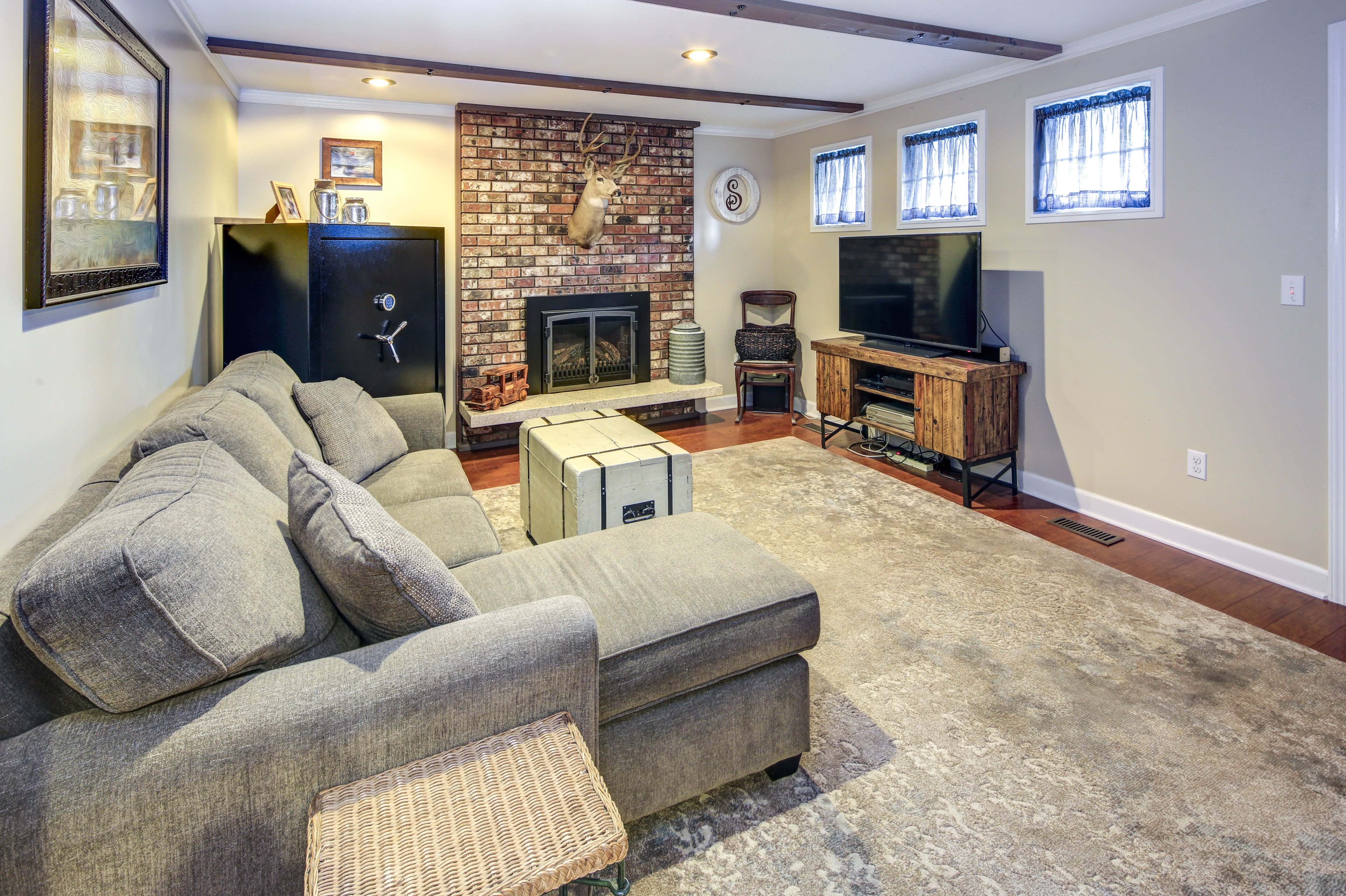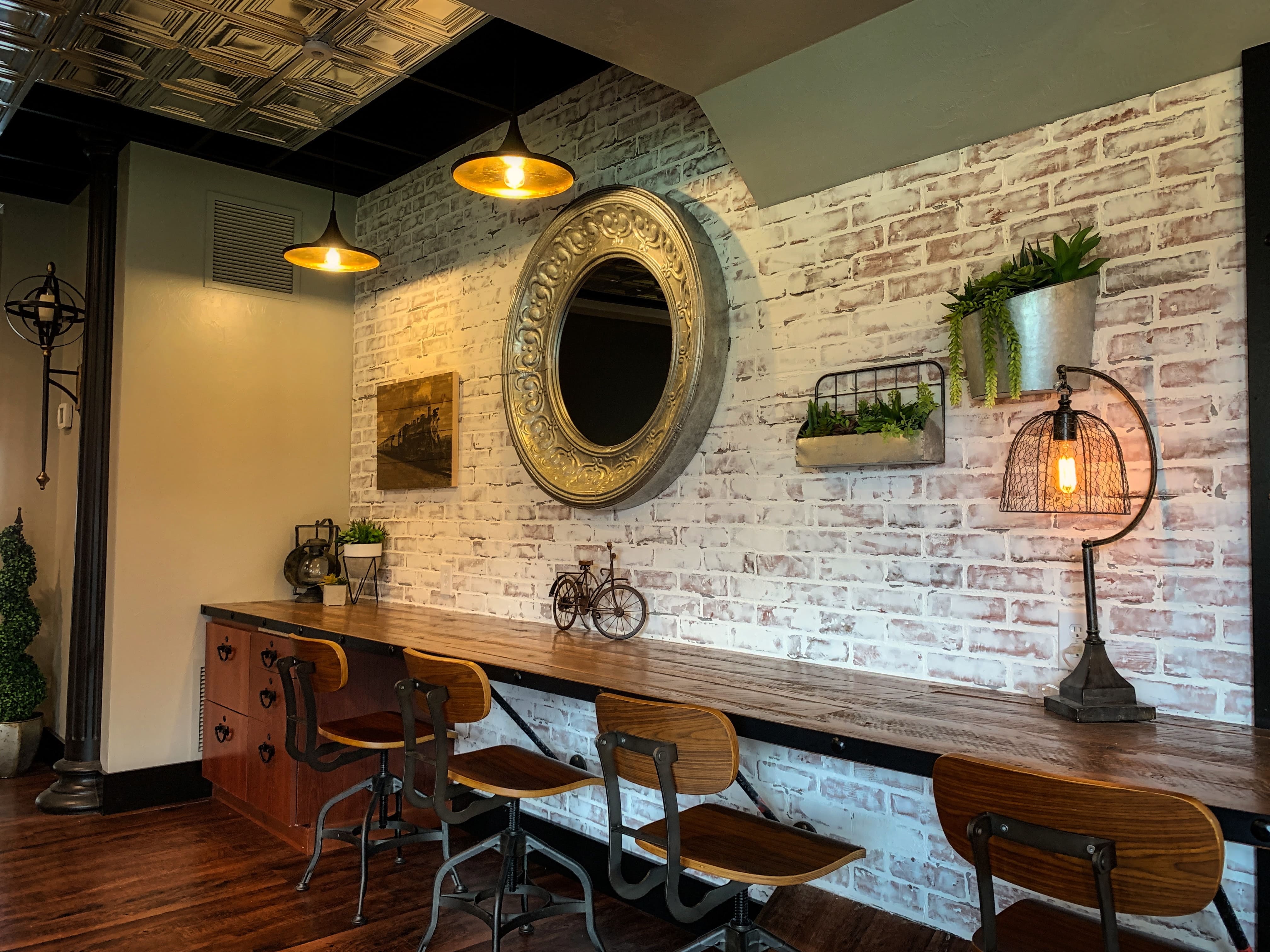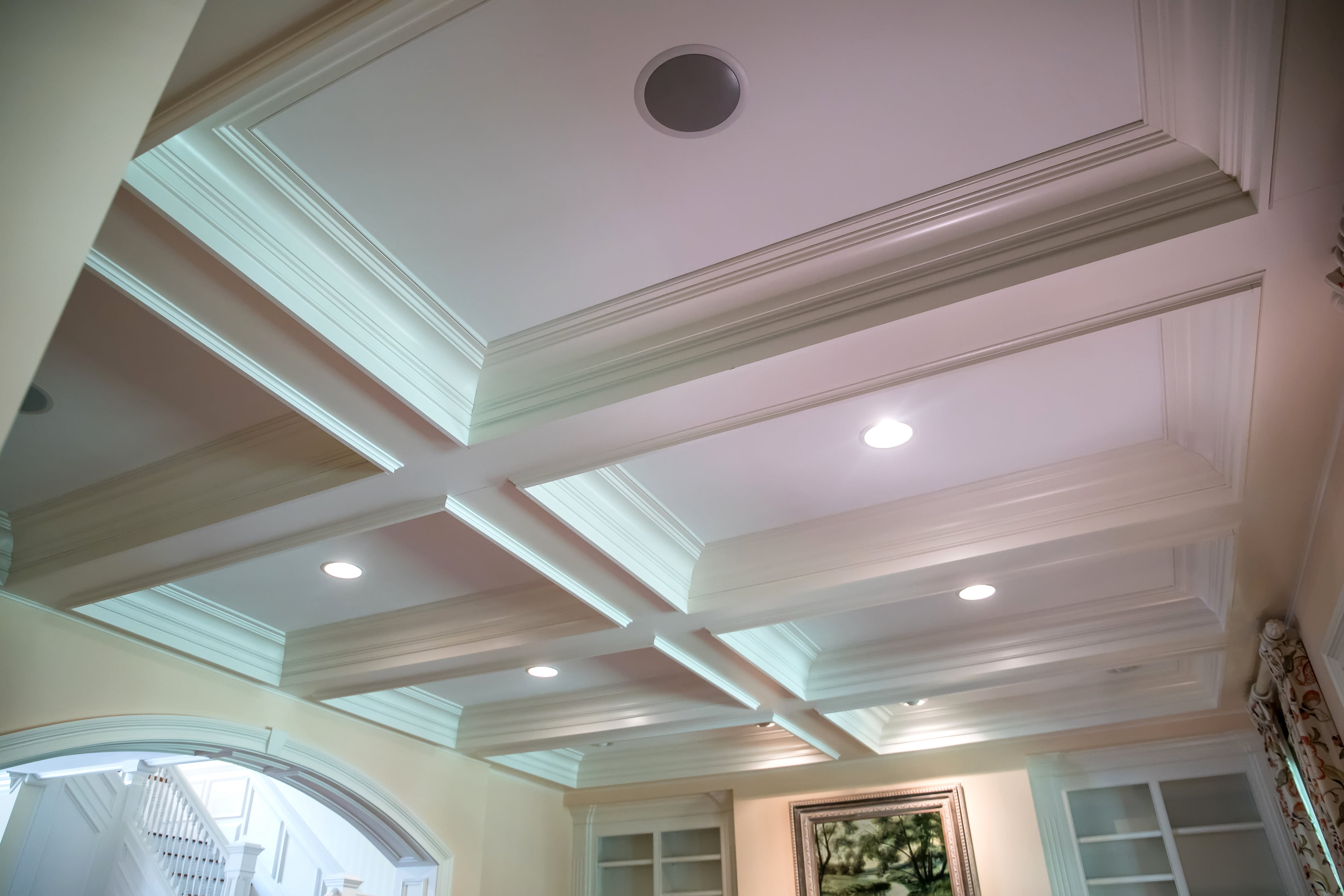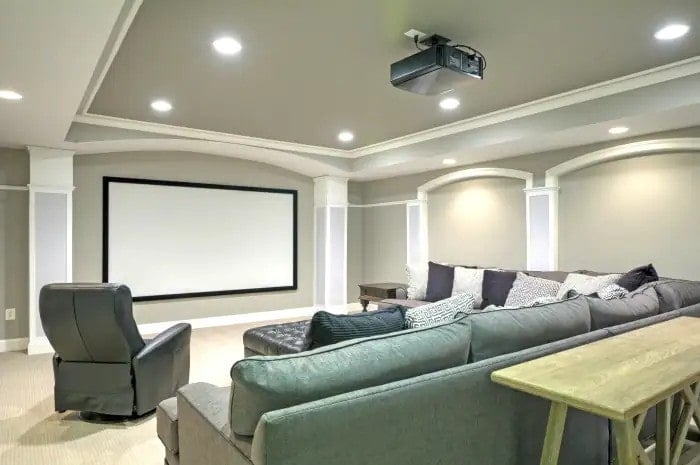7 Creative and Beautiful Basement Ceiling Ideas
A basement isn't truly finished without a stylish and functional ceiling
.jpg?impolicy=leadImage)
.jpg?impolicy=leadImage)
Ceilings are often overlooked when finishing a basement, but a ceiling upgrade is one of the most transformational ways to update a space.
In fact, the right ceiling design can make your basement feel inviting and help turn it into the preferred hang out spot of the house.
From wood beams to coffered grids, use this list of basement ceiling ideas to inspire your lower level reno.
1. Painted Ceiling

Though simple, a painted drywall ceiling is an affordable, clean, and functional option for your basement. Depending on the look you’re going for, opting for a light color ceiling paint such as a white, off-white, or eggshell can make your basement look larger and your ceiling look taller. Plus it easily allows for the installation of recessed lighting.
A painted ceiling is also a great option if your basement has exposed pipes, vents, and beams that you do not wish to cover with a suspended ceiling (more on that below).
To achieve the painted ceiling look with exposed structures, simply paint over everything with the same color paint. This helps keep these exposed structures from sticking out and making the basement appear cluttered. This look is common in industrial loft-style homes and basement bars.
2. Suspended Ceiling (aka Drop Ceiling)

A suspended ceiling, also known as a drop ceiling, is a very common option in many home basements for its functionality.
What is a suspended ceiling? Simply put, a suspended or drop ceiling is an acoustic tile grid designed to be installed just below the actual basement ceiling. This is to hide any pipes, vents, and wires that may be exposed.
The extra space in this type of ceiling also opens up possibilities for drop ceiling lighting, like recessed and surface mount lights.
3. Wood Planks or Shiplap

Wood planks have remained a popular design option for walls and ceilings over the span of decades. Though wood plank size and color trends do evolve, it’s easy enough to update a wood ceiling as styles change over the years.
Not only does a wood plank or shiplap basement ceiling look high end, it also is highly functional. How? Wood is a natural insulator. A wood plank ceiling in your basement will help to regulate temperatures within your home. Another benefit? Installing a shiplap ceiling is relatively affordable, especially if you can install it yourself.
4. Wood Beams

Wood beam accents aren’t just for vaulted first-floor ceilings. They also add a warm and welcoming touch to any basement area. The caveat? The higher the basement ceiling, the better. Wood beams can create the illusion that your ceiling is lower than it actually is.
The design options for faux wood beam basement ceilings are endless. You can use them to create a coffered ceiling grid or simply use them as an accent—placing one or two beams horizontally or vertically across the entire basement.
Wood beams accents are versatile and can be added to almost any existing basement ceiling including wood planks, ceiling tiles, and drywall.
5. Tin or Copper Tile Ceiling

Metal tiles, including tin and copper, can be used on ceilings or walls to create a truly one-of-a-kind look in any room. When added to a basement ceiling, it can make for a dark and moody atmosphere—perfect for basement bars, home theaters, and game rooms.
As for the cost? These tiles can range anywhere from $5 per square foot for basic tin tiles to $50 or more per square foot for copper tiles with more intricate designs. Save on costs by installing the ceiling tiles yourself or opting for a styrofoam tile designed to look like tin.
6. Coffered Ceiling

Coffered ceilings are square or rectangular grids created with sunken-in sections for a 3D look across the entire ceiling. Coffered ceilings have a range of benefits, from potentially increasing your home’s value to absorbing sound, but they first and foremost create a versatile and cozy atmosphere in a room.
Depending on your basement height and layout, there may not be enough room to create a true coffered ceiling. However, you can still replicate the look easily and affordably with a faux coffered ceiling grid.
This 3D coffered look, also known as a low-profile coffered ceiling, is achieved by installing a cross section grid across the entire ceiling. These cross sections can be purchased pre-made, or you can make them yourself with wood planks.
7. Tray Ceiling

A tray ceiling is very similar to a coffered ceiling, but with one main difference—instead of multiple cross sections, a tray ceiling has one large inverted section. This section takes up the majority of the ceiling and follows the shape of the room.
The biggest benefit to installing a tray ceiling is that it can make the ceiling look higher than it actually is, creating the illusion of a larger space. In some markets, a tray ceiling can even add value to your home.
In a basement, a tray ceiling is one way to add fun lighting, especially in a home theater or game room. Consider installing LED rope lighting around the inner perimeter of your tray ceiling for the ultimate lounging experience!





- 6 Basement Ceiling Options: Everything You Need to Know
- The Pros and Cons of Painting Your Basement Ceiling
- 8 Beautiful Types of Ceilings That Will Amp Up Any Room
- How High Is the Average Ceiling? Standard Ceiling Height and Measurement Tips
- What Is a Tray Ceiling and How Can I Get the Look?
- 5 Ways You Can Raise Your Ceiling
- Coffered Ceilings: Everything You Need to Know
- What Is a Drop Ceiling? Everything You Need to Know
- 12 Exposed Basement Ceiling Ideas
- What Are Ceiling Tiles Made Of?















